Fire Temple: The Holy Places Where Zoroastrians Worship God
A Zoroastrian fire temple, also known as an agiary (Gujarati: અગિયારી, agiyārī) or in Farsi as an "Atashgah" (آتشگاه), is a place of worship for followers of Zoroastrianism, an ancient religion originating in Persia (modern-day Iran).
Fire holds a central place in Zoroastrian beliefs. It represents purity, truth, and Ahura Mazda, the supreme God. Fire temples house a sacred fire that is continuously tended and burns eternally.
Fire and water are both considered elements of ritual purity in Zoroastrianism. This is reflected in the presence of an ever-burning fire, often situated centrally within these monuments. While only a handful of fire temples in Iran remain active places of worship, many ancient ones still stand, revealing much about Zoroastrian history and practices.
Fire: The Sacred Light in Zoroastrianism
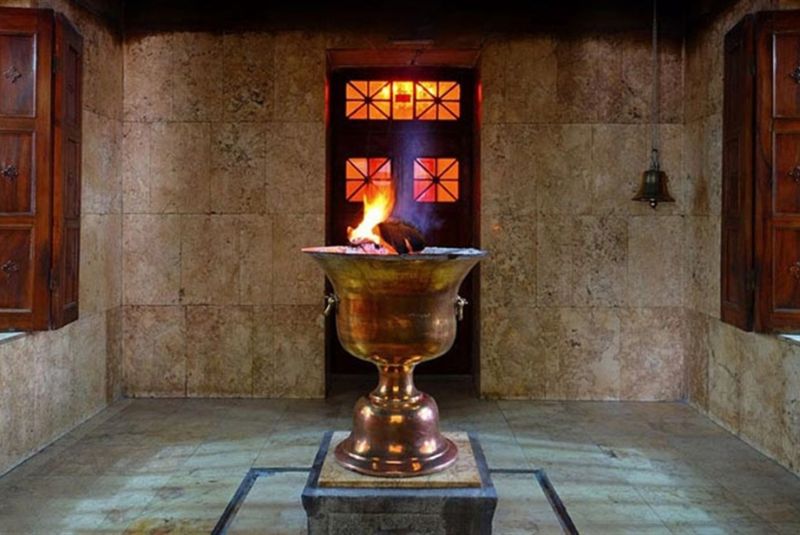
Fire (atar in Avestan) occupies a central and symbolic position within Zoroastrianism. It represents more than just heat and light; it symbolizes purity, truth, and divine wisdom.
Zoroastrians believe fire acts as a bridge between the physical and spiritual worlds. The flames are seen as a manifestation of Ahura Mazda, the supreme God, driving away darkness and evil.
This reverence is reflected in practices like tending to continuously burning fires in fire temples. Offerings are made to these fires, symbolizing good thoughts, words, and deeds. Fire is also used in Zoroastrian rituals like weddings and funerals, where it purifies the soul.
The enduring presence of fire serves as a reminder of the importance of purity, truthfulness, and living a righteous life.
| Read more: Naqsh-e Rustam - Ancient Treasures & Zoroastrian Legacy
History of Fire Temples in Iran
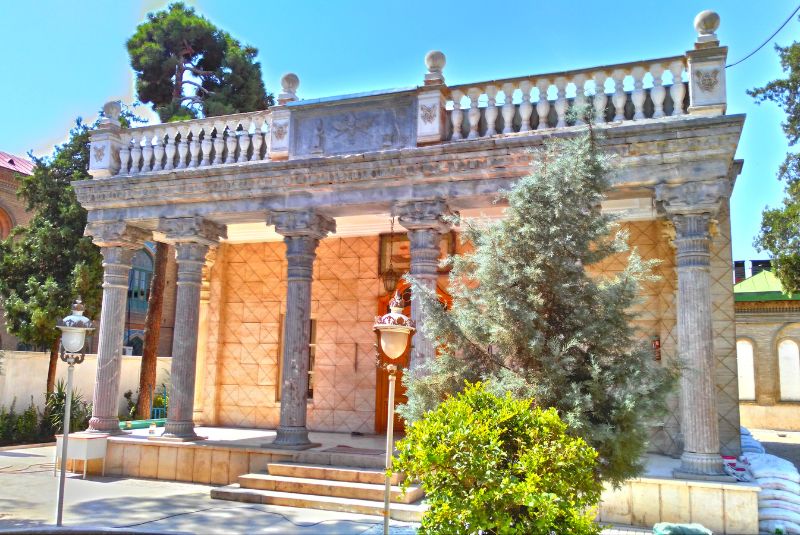
The veneration of fire in Zoroastrianism has a long history, predating the construction of dedicated fire temples. Early Zoroastrians, documented by the Greek historian Herodotus in the 5th century BCE, practiced open-air worship with fires lit upon elevated mounds. These temples mark a later development in Zoroastrian worship. The construction of dedicated fire temples, also known as "Dare Mehr" meaning "House of Mehr," is believed to have occurred over time.
The Sasanian Empire (224-651 CE) marked a significant period in Iranian history for the development of fire temples. During this era, Zoroastrianism flourished, and the construction of elaborate fire temples became a hallmark of the religion's prominence. These Sasanian-era fire temples were often grand structures featuring domed sanctuaries where the fire altar resided.
The Islamic conquest of Persia in the 7th century CE led to a decline in Zoroastrianism and the destruction or conversion of many fire temples. However, Zoroastrianism persevered, and a small number of fire temples in Iran continue to serve as active places of worship for the Zoroastrian community. These remaining temples, alongside the numerous archaeological ruins scattered throughout the country, serve as a reminder of the long history and lasting tradition of Zoroastrian fire worship in Iran.
| Discover: Persian Empire - Facts & History of Achaemenids
A Look at Iran's Fire Temples
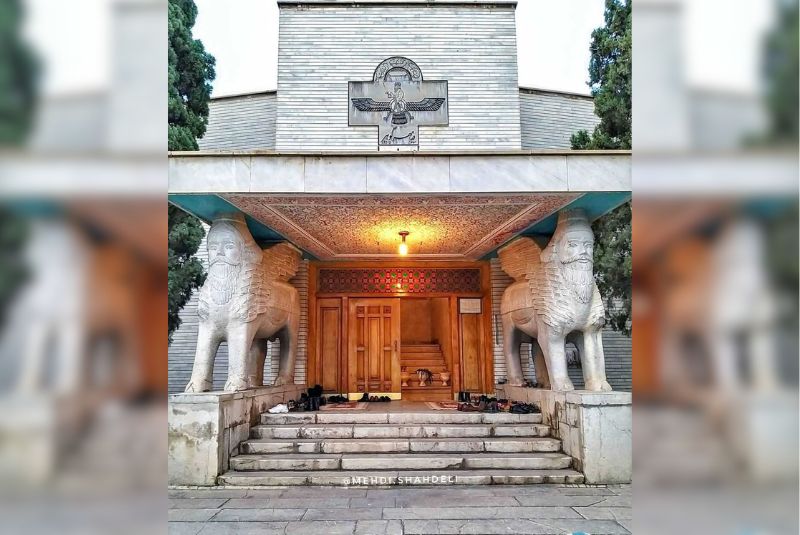
The oldest possible remains of a fire temple in Iran have been found on Mount Khajeh, near Lake Hamun in Sistan. During the Parthian period, which lasted from 250 BCE to 226 CE, there were only two known fire temples: "Begin" and "Roshan."
Fire temples typically have a central domed room where a fire altar is placed. Passageways might surround this room on all four sides.
Early fire temples in Iran were often built in a style called "Chahar Taqi," which means "four arches." These buildings have four pillars supporting a dome-like roof. Some examples of Chahar Taqi temples include the Bazeh Khur Fire Temple near Mashhad (dating back to the Parthian era), the Rokn Abad Fire Temple ruins near Shiraz, and the Sassanian Chahar-Taqi at Niasar and Siah-Kal. The Niasar and Siah-Kal temples are particularly well-preserved examples of this architectural style.
Even today, some fire temples in Iran are still used by Zoroastrians. The most famous ones are located in Yazd, Chak-Chak (also known as Pir-e Sabz), and in Tehran, known as Adorian fire temple.
In addition to the grand fire temples, Zoroastrians in Iran also revere pilgrimage sites called Pirs. These Pirs are often located in remote areas and are associated with specific legends or historical figures. Unlike the structured temples, Pirs can be more varied in form, sometimes simply a large rock or a natural spring. They serve as a focus for pilgrimages, where Zoroastrians gather for prayer and rituals to connect with their faith and history.
| Suggestion: Top 14 Religious Tourist Attractions in Iran
The Grades of Fire in Fire Temples
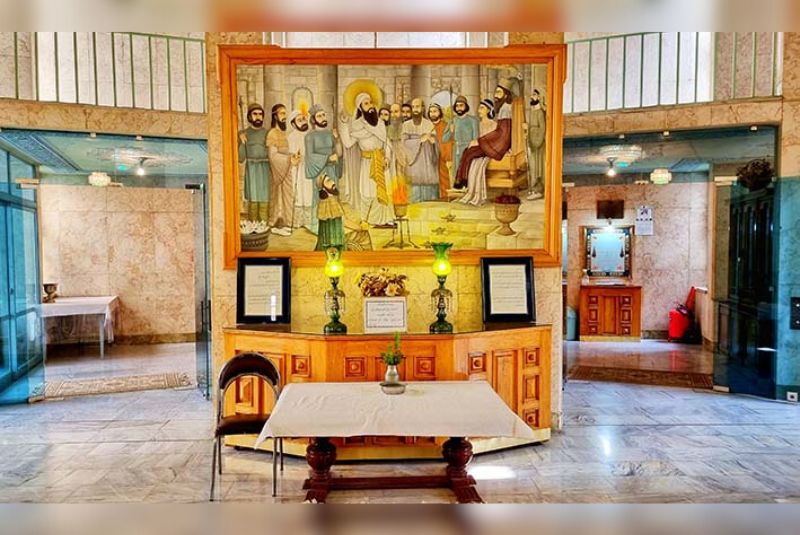
There are three different grades of fire used in Zoroastrian fire temples, each with its own name. Atash Dadgah is the lowest grade, Atash Adaran is the middle grade, and Atash Behram is the highest grade. The grade of fire affects how a temple is built and the rituals involved in creating the fire.
The lowest grade, Atash Dadgah, can be consecrated by just two priests in a few hours. The middle grade, Atash Adaran, takes longer, requiring two to three weeks and at least eight priests for the consecration ceremony. The most prestigious fire grade is Atash Behram, known as "fire of victory." Consecrating an Atash Behram fire is a complex process that takes a year to complete. It involves gathering sixteen different types of fire from various sources, and requires the work of thirty-two priests.
Active Fire Temples in Iran
- Shiraz Zoroastrian Association- Fire Temple – Zand Blvd
- Isfahan Fire Temple- Sichan neighborhood
- Adrian Fire Temple in Tehran- Mirza Kouchak Khan St.
- Yazd Atash Behram- Ayatullah Kashani Avenue
- Pir-e-Sabz Fire Temple (Chak Chak)- near Ardakan town
Atashkadeh-e Yazd: The Longest Burning Fire in Iran
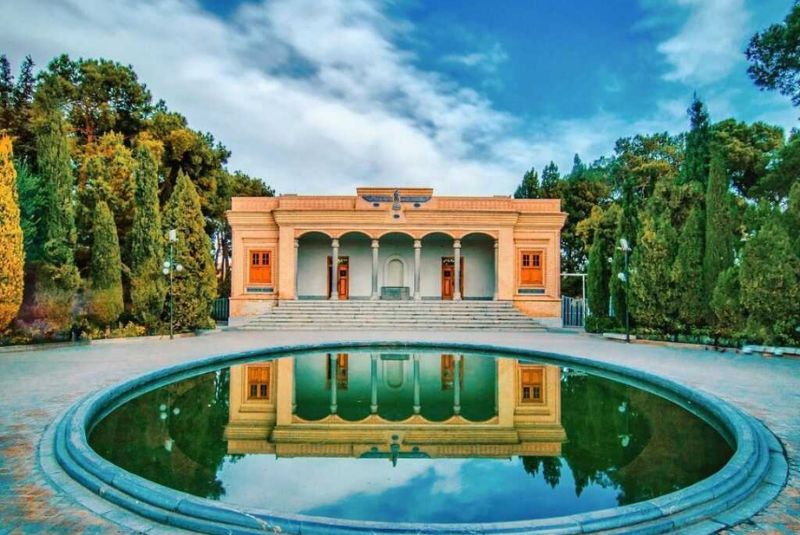
The Yazd Fire Temple, also known as Yazd Atash Behram, is a Zoroastrian fire temple located in the city of Yazd, Iran. Built in 1934, the temple enshrines the Atash Bahram (Victorious Fire), a continuously burning fire believed to date back to 470 AD. It is one of the nine Atash Behrams, the highest grade of fire temple in Zoroastrianism. These temples were first established during the Sasanian Empire (224–651 AD) to venerate fire, seen as a manifestation of the divine Ahura Mazda in Zoroastrianism. Notably, the Yazd Atash Behram is the only fire temple of this grade remaining in Iran, with the other eight located in India.
The current structure dates to the 1930s, funded by the Parsi Zoroastrians of India and constructed under the guidance of Jamshid Amanat. However, the enshrined fire boasts a much longer history. According to tradition, it was originally established by a Sasanian Shah at the Pars Karyan fire temple and has undergone several relocations over the centuries. The fire was eventually moved to Yazd and finally consecrated in the newly built temple in 1934.
The Yazd Fire Temple exemplifies Achaemenid architectural style, featuring brick masonry designed by architects from Bombay (present-day Mumbai). Similar in design to its counterparts in India, the temple is surrounded by a garden with fruit trees. A distinguishing feature is the winged deity of Ahura Mazda adorning the front door. Notably, only Zoroastrians are permitted to enter the sanctum where the fire resides. Non-Zoroastrian visitors can observe the flames from behind a special amber-tinted glass enclosure.
Visiting a Zoroastrian Fire Temple
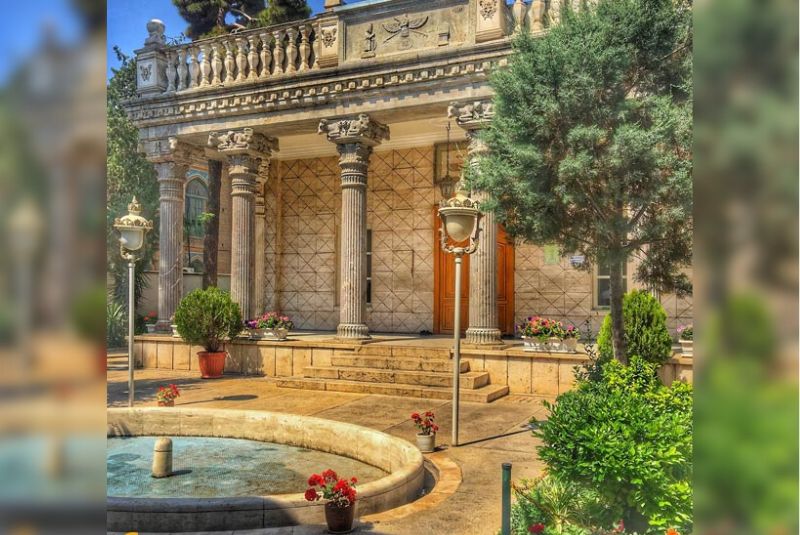
Zoroastrian fire temples in Iran offer a unique cultural encounter. These houses of worship, centered around a continuously burning sacred fire, hold deep significance for Zoroastrians. As a visitor, understanding proper etiquette will ensure a respectful and enriching experience.
Dress modestly when visiting a fire temple. Opt for long sleeves and pants or a long skirt, with shoulders covered. Before entering the main hall, remove your shoes, as is customary in Iranian places of worship.
It's important to remember that non-Zoroastrians typically cannot enter the inner sanctum where the fire burns. Most temples have designated viewing areas for non-Zoroastrians. Here, you can observe the flames and appreciate the intricate architecture, often adorned with symbolic Zoroastrian motifs.
Maintain a quiet and respectful demeanor. The atmosphere within the temple is one of reverence, so avoid loud talking or disruptive behavior. Be mindful of those engaged in prayer and allow them their space.
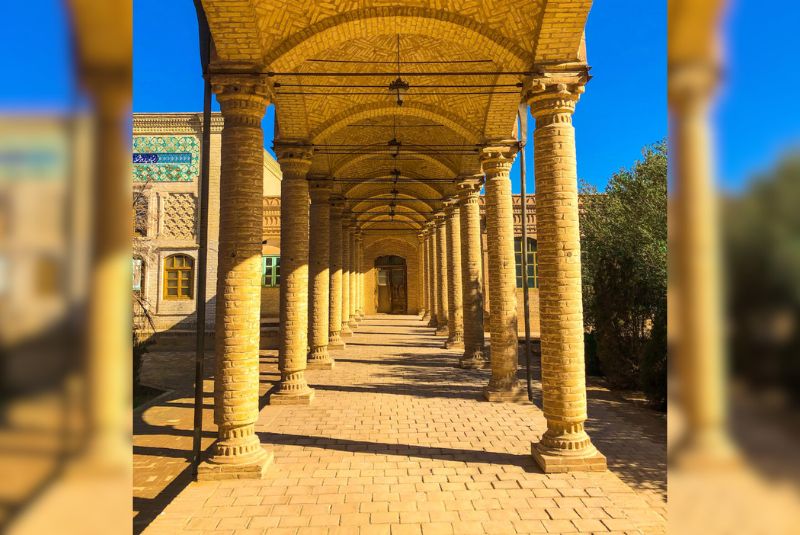
Final Takeaway
Zoroastrian fire temples, with their ever-burning flames, are significant historical and cultural landmarks in Iran. For those interested in experiencing this unique aspect of Iranian culture firsthand, visiting an active Zoroastrian fire temple is highly recommended.
Share your story!
Comment below and let us know about your Experience.
Your story inspires others!


Comment
Leave a Comment